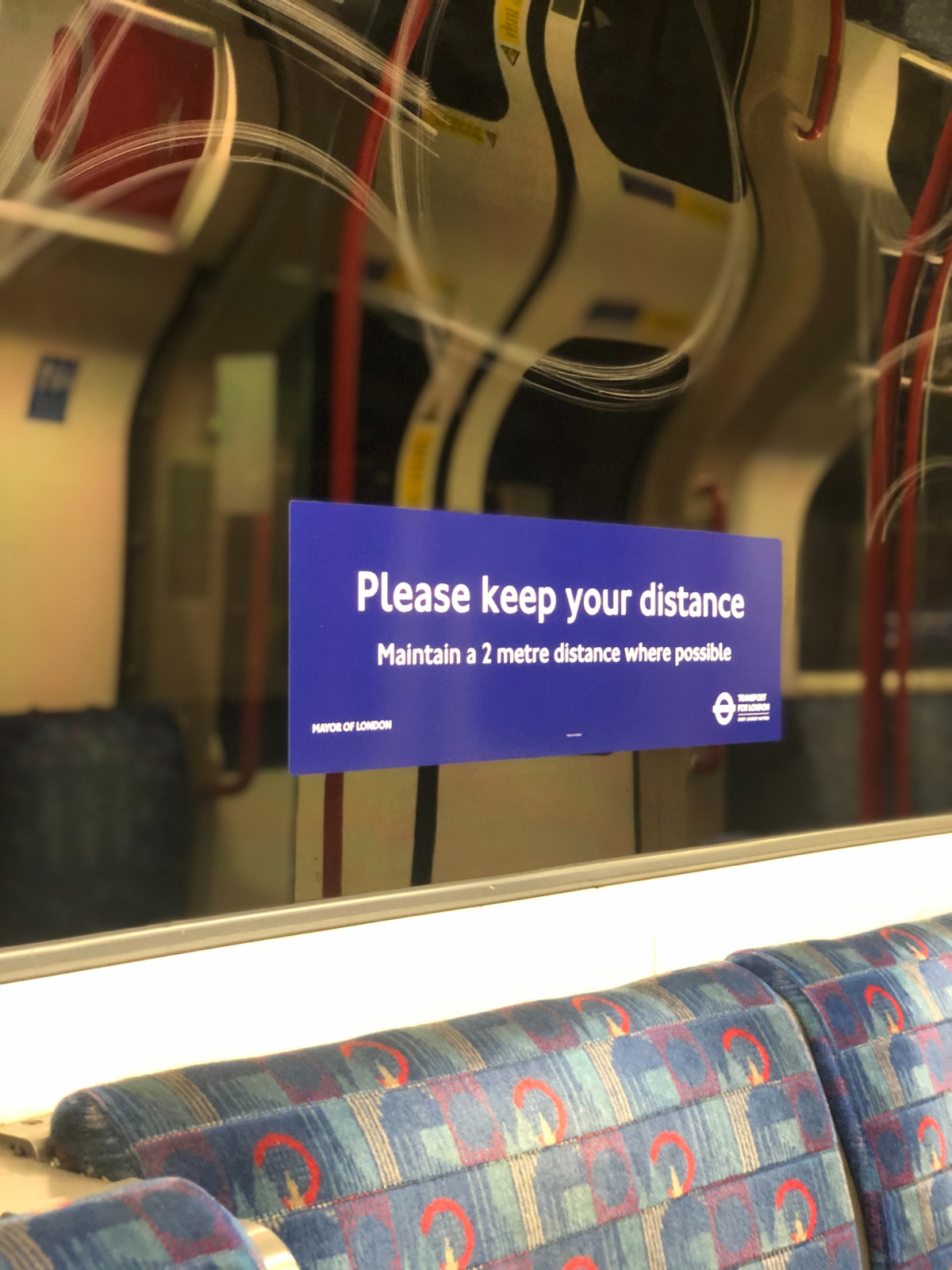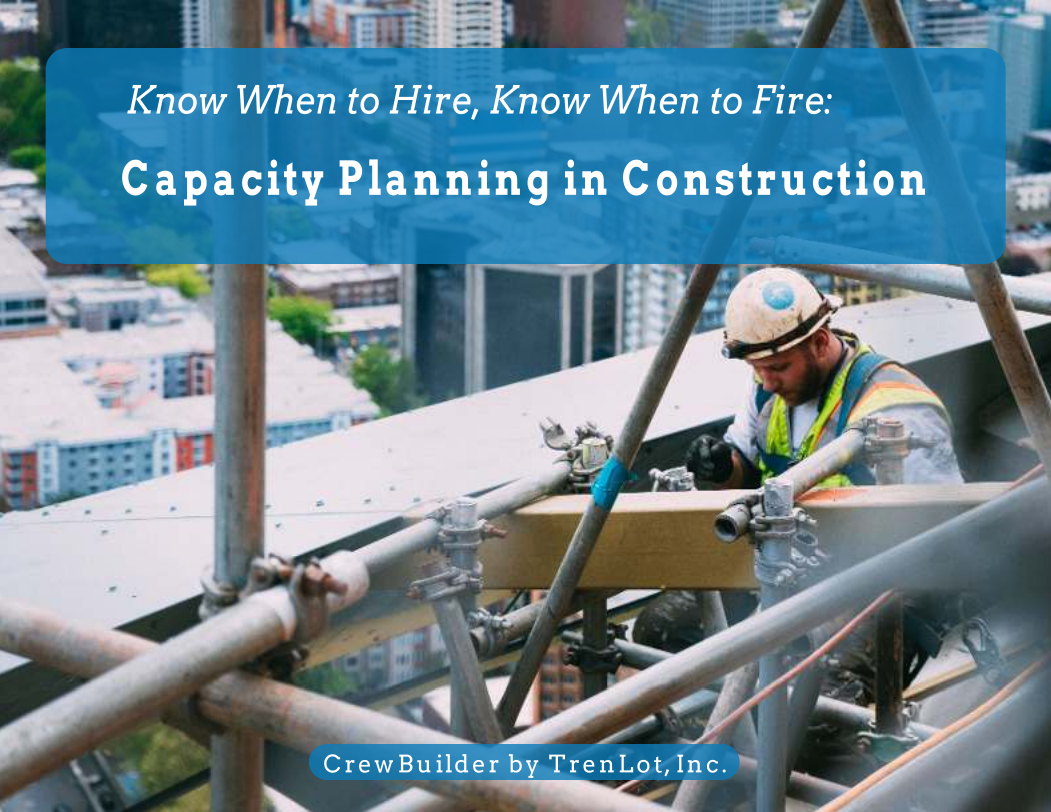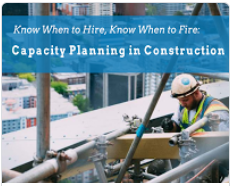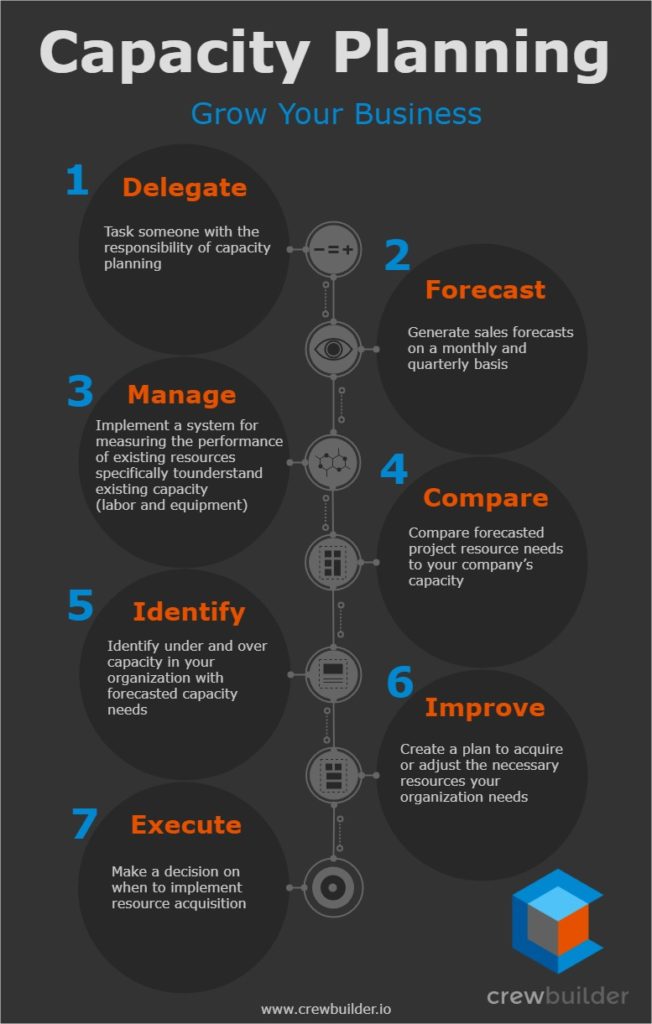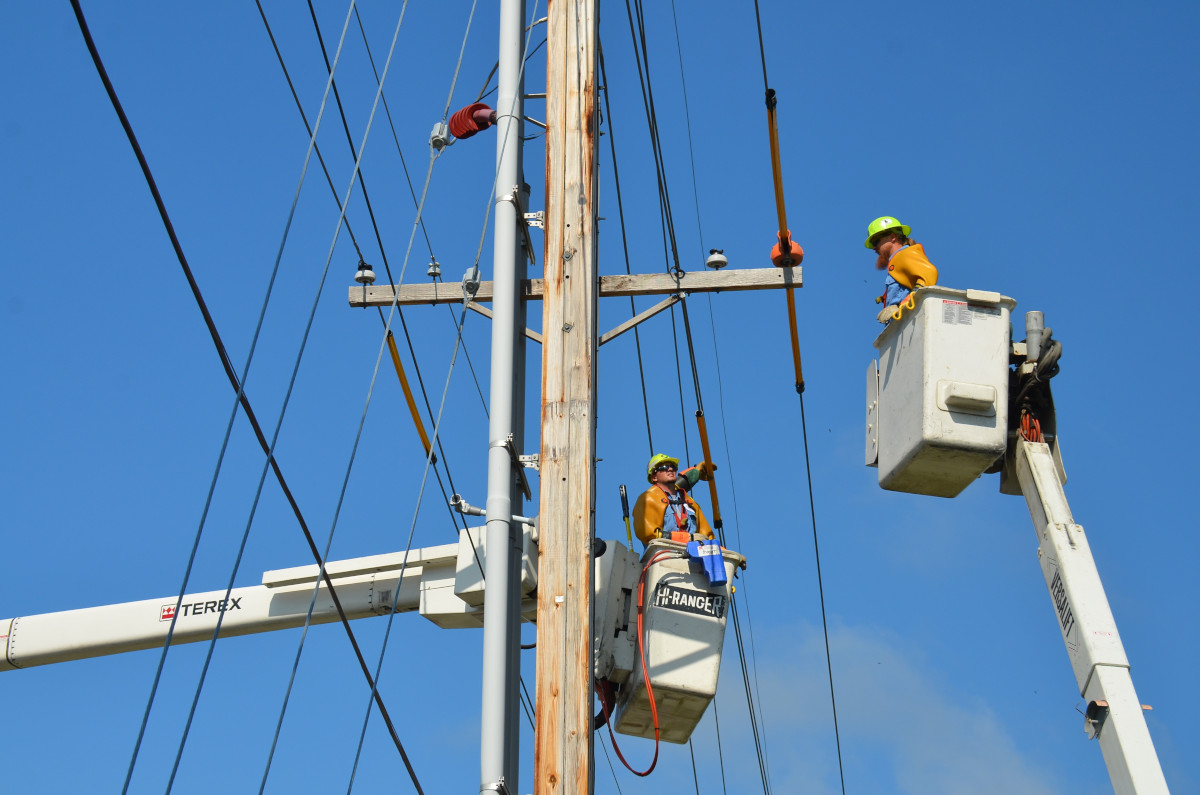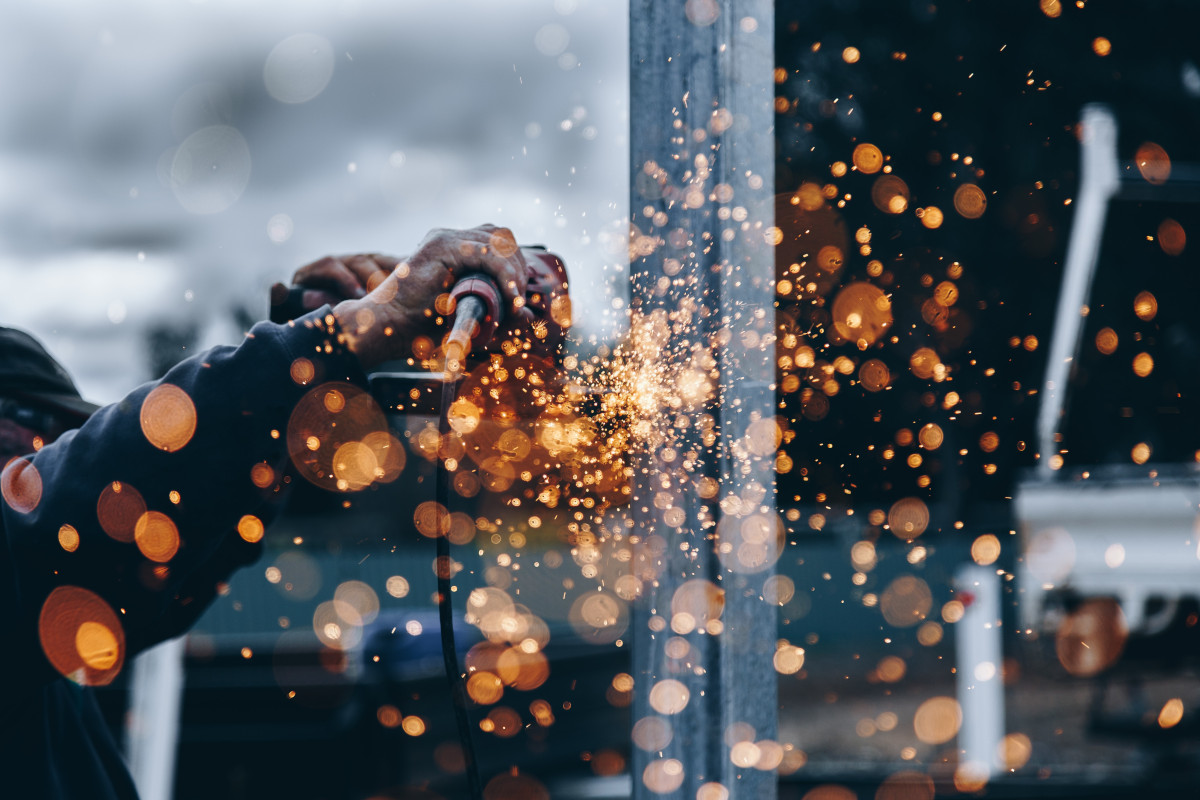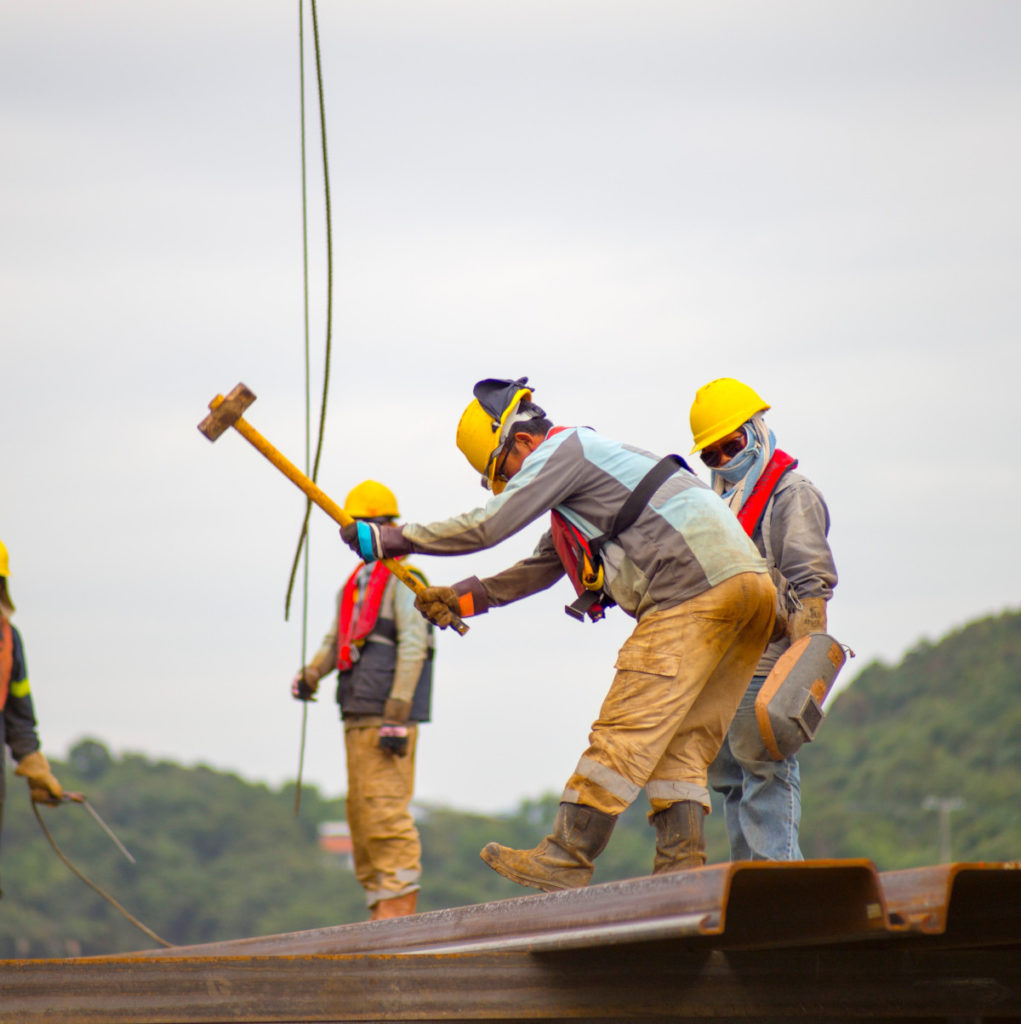Why you should care about Artificial Intelligence and Machine Learning in Construction Technology
Artificial Intelligence (AI) and Machine Learning (ML) technologies are being used to create a wave of smarter construction technology products designed to improve productivity (reduce costs) and reduce risk improving profitability.
The emerging wave of construction technologies using AI and ML fall into two benefit categories, improving productivity and reducing risk. Productivity improvements enable existing office and field workers to get more done, in part by automating processes where possible. Some people have voiced concerns that AI and ML technologies will replace office and field workers. I don’t believe this will be the case. The simple and often used analogy is the evolution of hand tools. Power tools didn’t replace workers, they made them way more productive. AI and ML technologies are used to create new types of tools designed to make your day to day operations easier and more productive. The new class of AI and ML powered software and hardware is the next leap in engineering and construction productivity.
The Basics
What is machine learning (ML)? In short, it’s a field of artificial intelligence that uses statistical techniques to give computer systems the ability to learn from data. These systems improve on a specific task over some amount of time. The key requirement for machine learning is data, and lots of it. For construction, examples of ML range from project schedule optimization to project site image processing for safety and other yet to be thought of things too.
What is artificial intelligence (AI)? AI has a broad definition and is generally defined as any device that perceives its environment and takes actions that maximize its chances of successfully achieving its goals. In short, it could be lots of stuff from smart support bots to self-guided missiles.
What is natural language processing (NLP)? I came across a really good article on VentureBeat by guest author Arthur Coleman the outlines when natural language processing pays off with Artificial Intelligence (A.I.). As the article mentioned, NLP has up until recently been extremely difficult to get right. NLP is a system that listens to someone talk and attempt to interpret what was said. NLP generally identifies the “intent” of the speaker and enable that intent to be used digitally. If I say “I’m hungry”, an NLP would listen and process my language and identify my intent as “hungry”. What’s done with the intent after is entirely up to the system programmers. This is how Google Assistant, Siri, and Alexa work.
More about CrewBuilder
Why use these technologies in construction software?
Simply put, to make your job easier. AI and ML are tools that help with daily operations to reduce errors, save time & money, and reduce risk. The smart folks at McKinsey & Company recently wrote a report, Artificial intelligence: Construction technology’s next frontier.
They are basically saying that AI and ML are tools that can be implemented in software and hardware that will benefit “stakeholders across the project lifecycle—including contractors, operators, owners, and service providers.” We agree. Advances have been made on the job site from autonomous heavy earth moving equipment to robots that monitor safety.
The industry continues to move from a paper process to the digital realm. With that migration comes a learning curve. People have to learn how to use new systems and software. We know this is a challenge, construction companies today don’t have the time to pull people off projects to train them for a week on how to use new software. There’s no wonder why construction companies consistently rate “Ease of Use” as one of the top criteria for selecting software. If the software is too difficult to use, it won’t get used.
CrewBuilder uses AI and ML as tools to lower the learning curve and help people start using the software with little or no required training. We made it super easy to use CrewBuilder by incorporating a natural language processor and AI so all you need to do is simply tell CrewBuilder what you want to do and it does it. It’s kind of like Alexa for construction. The digital assistant continually learns and improves with use. The more it’s used, the better it gets.
We call our digital assistant Bob. We’ve entertained several acronyms for what B.O.B could be (Brain on Board, Building on Business, Best of Breed, Battery Operated Builder, Building Operations Buddy, etc…), honestly we just wanted something simple. Maybe we’ll have a contest for the best BOB definition someday soon.
You can ask Bob in CrewBuilder questions on how to use it, for example, if you are a field worker you can ask “What am I supposed to do today?” and Bob will show you. Part of our goal was to create integrated systems that understands what you want to do, to make sure you never have to go hunting obscure documentation to figure out how to do something in our software. Instead, just ask.
Part of the intent is to reduce the amount of times you have to call in for support. We are happy to help customers use CrewBuilder, but if you’re like me and are impatient at times, I want my questions answered now and don’t want to wait for support.
More about CrewBuilder
In addition to NLP, we use ML for scheduling and capacity management. Scheduling crews can be challenging and time consuming. We talked with one company that had 27 crews and 6 Superintendents to see how they schedule. Every Thursday, the Superintendents take turns filling out a spread sheet starting at 10 am. By the time all the horse trading is done about which Foreman has which crew, and who is working on which project, the schedule often is finalized around 10 pm. That’s a long day.
Scheduling is an area CrewBuilder uses ML to create an initial crew schedule based on experience, skills, and project requirements. We call it Thinking Schedules because we built intelligence tools like conflict checkers (double booking, missing certifications or skills) and capacity planning on a short- and long-term basis.
Scheduling is part art and part science, very few schedules are perfect the first time. With CrewBuilder, the schedule is created based on project requirements, so at least you know you won’t double book anyone or send someone out with the wrong certifications, credentials, or skills. Starting with a known “Good” crew schedule saves a ton of time before the crew swapping starts (because some Superintendents have a favorite crew or two).
There are other areas we are developing AI and ML tools in CrewBuilder that help make projects more successful. We think that AI and ML are mature technologies that enable better tools for construction companies operate more efficient and profitably.
More about CrewBuilder
You might be asking why we use drone images. The images and video produced by construction drones are being used in AI and ML applications by many companies.







